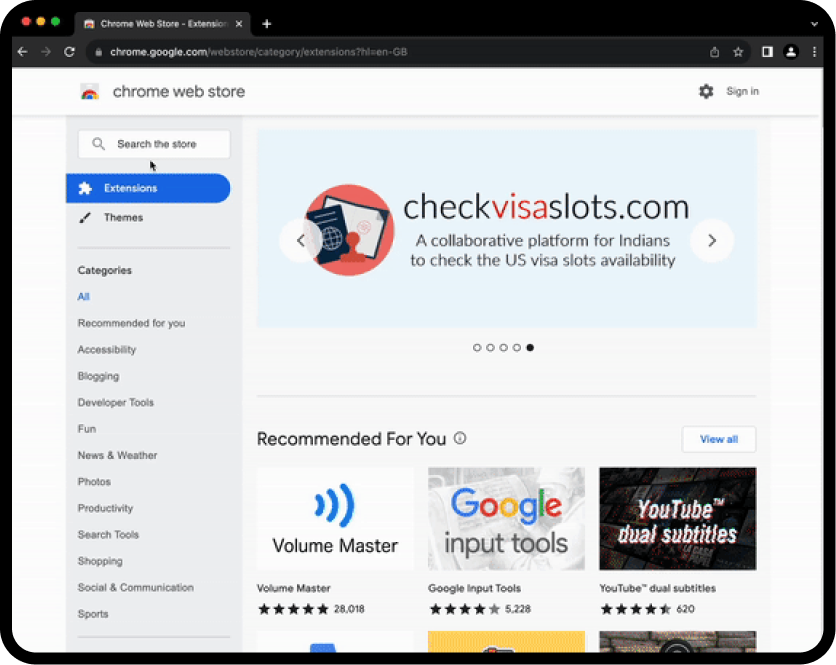OXPS to Excel Converter
Converts OXPS documents to Excel spreadsheets, helping professionals extract tabular data quickly, accurately, and reformattable for analysis in business workflows.

Check It Yourself
About This Tool
Purpose & User Intent: The OXPS to Excel Converter enables users to transform structured content from OpenXPS documents into accessible Excel workbooks. It serves data analysts, researchers, and office professionals who need to extract tabular data, lists, and metadata from OXPS files for analysis and reporting. The tool emphasizes reproducibility, page-to-sheet mapping, and preservation of data structure across conversion scenarios.
Core Logic & Features: The processor ingests an OXPS document, parses page boundaries, detects table-like regions, and maps detected regions to Excel worksheets. It preserves relative order and aims to reproduce column layouts while inferring data types. Optional features include per-page sheet naming and configurable handling of merged cells.
Inputs & Outputs: Inputs include an OXPS file, optional settings for sheet naming, and an output destination. Outputs are an .xlsx workbook containing sheets for pages or detected tables, with extracted text and numeric values encoded in cells.
Algorithms & Calculations: The parser uses a two-pass strategy: structural parsing to locate potential tables, followed by alignment estimation to define column boundaries. Data type inference uses lightweight heuristics to classify text, numbers, and dates.
Error & Edge Cases: Invalid or corrupt OXPS results in explicit error codes; image-only pages produce placeholders; very large files may be processed in chunks; unsupported features return warnings without halting conversion.
Industry/Region & Localization: Designed for enterprise workflows with Unicode support and locale-aware formatting; outputs follow Excel conventions for sheet names, decimal separators, and date formats; data privacy and retention considerations apply according to standard business practices.
Assumptions & Exclusions: Assumes input is a valid, readable OXPS document with structured content; does not perform OCR on embedded images or non-text content; not suitable for scanned PDFs; there may be size limits or runtime constraints.
How to Use
1. Prepare an OXPS file as input and select conversion settings.
2. Upload the OXPS file and choose output preferences (single vs. multiple sheets).
3. Run the conversion to generate an Excel workbook.
4. Download the .xlsx file and review extracted tables for accuracy.
5. If needed, adjust sheet mappings and re-run the conversion for alignment.

FAQs/Additional Resources
Find Quick Answers
What formats are supported for input and output?
How accurate is the data extraction?
Are there size limitations?
User Reviews
See What Others Are Saying
Explore Related Tools
More Solutions for Your Needs
URL to Audio
Converts a webpage URL into an audio file or stream, enabling quick audio consumption of online content for accessibility, review, or multi-device listening.
URL to PDF Converter
Converts a web page URL into a downloadable PDF, enabling offline access and sharing for researchers, marketers, and students.
Your Feedback Matters
Help Us to Improve

 Norwegian
Norwegian
 Danish
Danish
 German
German
 English
English
 Spanish
Spanish
 French
French
 Italian
Italian
 Dutch
Dutch
 Portuguese
Portuguese
 Swedish
Swedish
 Hebrew
Hebrew
 Arabic
Arabic









